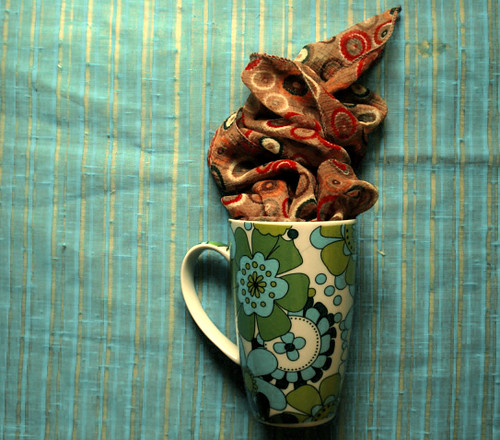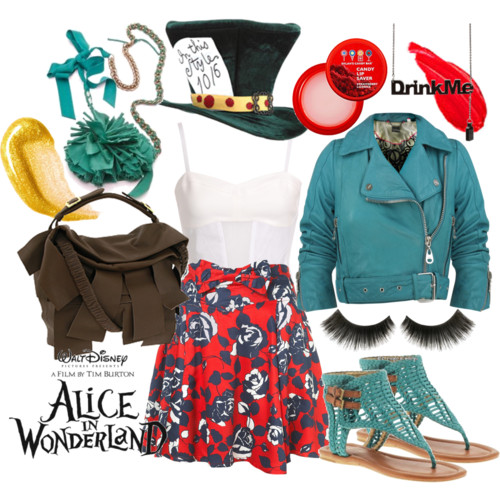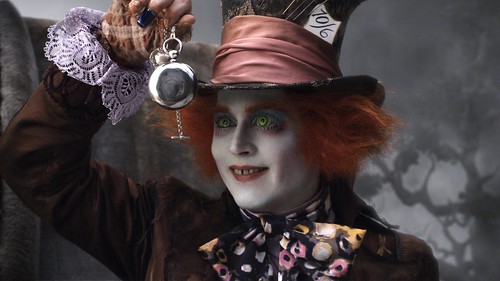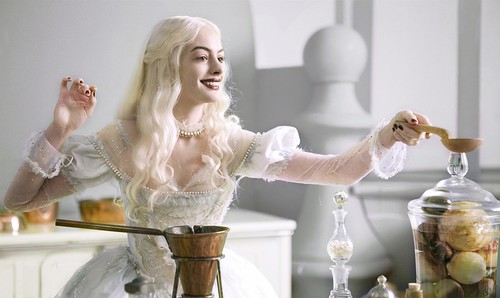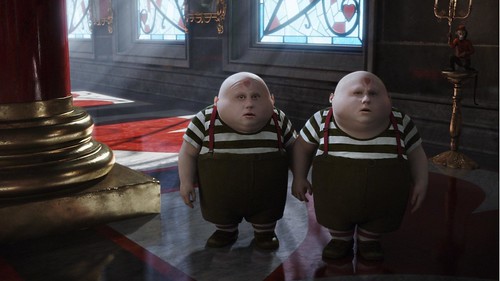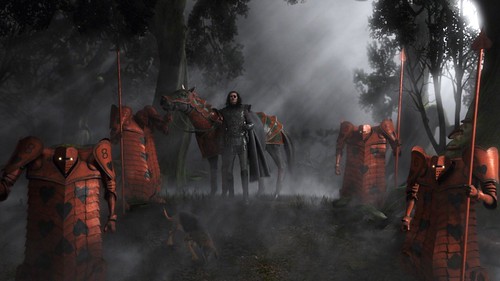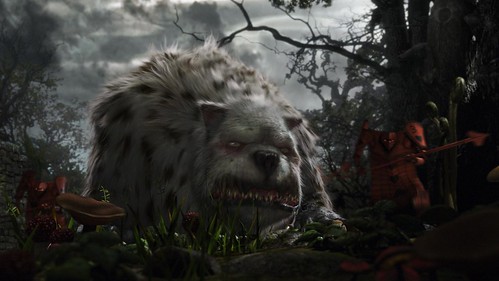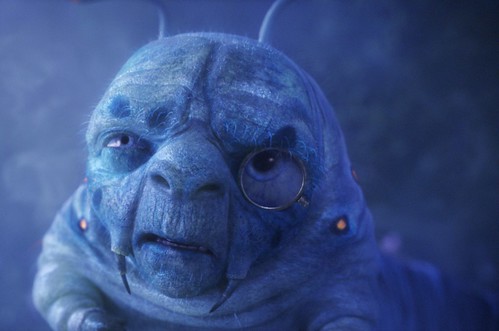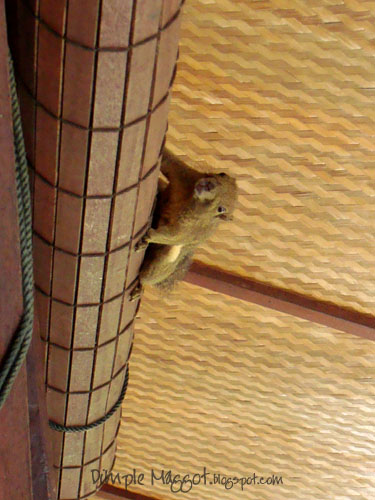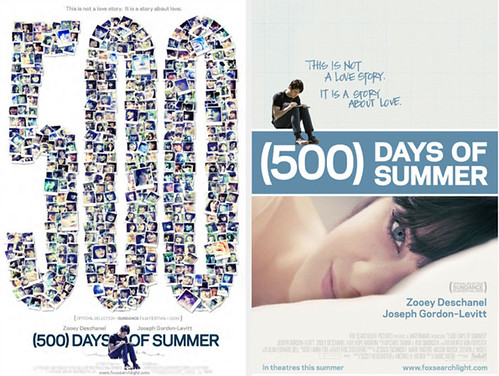It's always coffee that we longed for in the morning and usually for those who stay up late for study or work.
The saying goes "What you don't know won't kill you" but it is likely advisable that we should know some of the health benefits and risks involved consuming coffee on a daily basis.
Here are all the information gathered from Wikipedia, which we thought to be quite useful for all of us to know, especially for those who are extremely dependant on coffee to stay awake.
The Health effects of coffee have been studied to determine how coffee drinking affects humans. Coffee contains several compounds which are known to affect human body chemistry. The coffee bean itself contains chemicals which are psychotropics for humans as a defense mechanism of the Coffea plant. These chemicals are toxic in large doses, or even in their normal amount when consumed by many creatures which may otherwise have threatened the beans in the wild.
Coffee as a stimulant
Coffee contains caffeine, which acts as a stimulant. For this reason, it is often consumed in the morning and when feeling tired. Students preparing for examinations with late-night cram sessions frequently use coffee to stay awake. Many office workers take a coffee break when they have low energy.
Recent research has uncovered additional stimulating effects of coffee which are not related to its caffeine content. Coffee contains an as yet unknown chemical agent which stimulates the production of cortisone and adrenaline, two stimulating hormones.
For occasions when one wants to enjoy the flavor of coffee with almost no stimulation, decaffeinated coffee (also called decaf) is available. This is coffee from which most of the caffeine has been removed, by the Swiss water process (which involves the soaking of raw beans to remove the caffeine) or the use of a chemical solvent such as trichloroethylene ("tri"), or the more popular methylene chloride, in a similar process. Another solvent used is ethyl acetate; the resultant decaffeinated coffee is marketed as "natural decaf" because ethyl acetate is naturally present in fruit. Extraction with supercritical carbon dioxide has also been employed.
Decaffeinated coffee usually loses some flavor over normal coffee. There are also coffee alternatives that resemble coffee in taste but contain no caffeine (see below). These are available both in ground form for brewing and in instant form.
Caffeine dependency and withdrawal symptoms are well-documented.
Benefits
Reduced risk of Alzheimer's disease and Dementia
Several studies comparing moderate coffee drinkers (defined as 3-5 cups per day) with light coffee drinkers (defined as 0-2 cups per day) found that those who drank more coffee were significantly less likely to develop Alzheimer's disease later in life. A longitudinal study in 2009 found that moderate coffee drinkers had reduced risk of developing Dementia in addition to Alzheimer's Disease.
Reduced risk of gallstone disease
Drinking caffeinated coffee has been correlated with a lower incidence of gallstones and gallbladder disease in both men and women in two studies performed by the Harvard School of Public Health. A lessened risk was not seen in those who drank decaffeinated coffee.
Reduced risk of Parkinson's disease
A study comparing heavy coffee drinkers (3.5 cups a day) with non-drinkers found that the coffee drinkers were significantly less likely to contract Parkinson's Disease later in life. Likewise, a second study found an inverse relationship between the amount of coffee regularly drunk and the likelihood of developing Parkinson's Disease.
Cognitive performance
Many people drink coffee for its ability to increase short term recall and increase IQ.
Likewise, in tests of simple reaction time, choice reaction time, incidental verbal memory, and visuospatial reasoning, participants who regularly drank coffee were found to perform better on all tests, with a positive relationship between test scores and the amount of coffee regularly drunk. Elderly participants were found to have the largest effect associated with regular coffee drinking. Another study found that women over the age of 80 performed significantly better on cognitive tests if they had regularly drunk coffee over their lifetimes.
Analgesic enhancement
Coffee contains caffeine, which increases the effectiveness of pain killers, especially migraine and headache medications. For this reason, many over-the-counter headache drugs include caffeine in their formula.
Antidiabetic
Coffee intake may reduce one's risk of diabetes mellitus type 2 by up to half. While this was originally noticed in patients who consumed high amounts (7 cups a day), the relationship was later shown to be linear.
Liver protection
Coffee can also reduce the incidence of cirrhosis of the liver and has been linked to a reduced risk of hepatocellular carcinoma, a primary liver cancer that usually arises in patients with preexisting cirrhosis. The exact mechanism and the amount of coffee needed to achieve a beneficial effect are as yet unclear.
Cancer
Coffee consumption is also correlated to a reduced risk of oral, esophageal, and pharyngeal cancer. In ovarian cancer, no benefit was found. In the Nurses Health Study, a modest reduction in breast cancer was observed in postmenopausal women only, which was not confirmed in decaffeinated coffee. According to one research, coffee protects from liver cancer. Another preliminary study found a correlation between coffee consumption and a lower risk of aggressive prostate cancer.
Cardioprotective
According to the longitudial study led by Esther Lopez-Garcia of Universidad Autonoma de Madrid, coffee reduces the incidence of dying from heart disease.
Laxative/diuretic
Coffee is also a powerful stimulant for peristalsis and is sometimes considered to prevent constipation. However, coffee can also cause excessively loose bowel movements. The stimulative effect of coffee consumption on the colon is found in both caffeinated and decaffeinated coffee.
Practitioners in alternative medicine often recommend coffee enemas for "cleansing of the colon" due to its stimulus of peristalsis, although medicine has not proved any benefits of the practice.
Contrary to popular belief, caffeine does not act as a diuretic when consumed in moderation, and does not lead to dehydration or to a water-electrolyte imbalance; current evidence suggests that caffeinated beverages contribute to the body's daily fluid requirements no differently than pure water does.
Antioxidant
Coffee contains the anticancer compound methylpyridinium. This compound is not present in significant amounts in other food materials. Methylpyridinium is not present in raw coffee beans but is formed during the roasting process from trigonelline, which is common in raw coffee beans. It is present in both caffeinated and decaffeinated coffee, and even in instant coffee.
Prevention of dental caries
The tannins in coffee may reduce the cariogenic potential of foods. In vitro experiments have shown that these polyphenolic compounds may interfere with glucosyltransferase activity of mutans streptococci, which may reduce plaque formation.
Gout
Coffee consumption decreased risk of gout in men over age 40. In a large study of over 45,000 men over a 12-year period, the risk for developing gout in men over 40 was inversely proportional with the amount of coffee consumed.
Risks
Cancer
Over 1,000 chemicals have been reported in roasted coffee, and 19 are known rodent carcinogens; however, most substances cited as rodent carcinogens occur naturally and should not be assumed to be carcinogenic in humans at exposure levels typically experienced in day-to-day life.
Gastrointestinal problems
Coffee can damage the lining of the gastrointestinal organs, causing gastritis and ulcers. The consumption of coffee is therefore not recommended for people with gastritis, colitis, and ulcers.
Anxiety and sleep changes
Many coffee drinkers are familiar with "coffee jitters", a nervous condition that occurs when one has had too much caffeine. It can also cause anxiety and irritability, in some with excessive coffee consumption, and some as a withdrawal symptom. Coffee can also cause insomnia in some.[citation needed]
Like tea, coffee causes staining of the teeth.
Cholesterol
A 2007 study by the Baylor College of Medicine indicates that the diterpene molecules cafestol and kahweol, found only in coffee beans, putatively raise levels of low-density lipoprotein or LDL in humans. This increase in LDL levels is an indicator that coffee raises cholesterol. The Baylor study serves to link cafestol and kahweol with higher levels of cholesterol in the body.
Paper coffee filters have a property that binds to lipid-like compounds which allows it to remove most of the cafestol and kahweol found in coffee. Brew methods which do not use a paper filter such as the use of a press pot, fail to remove any cafestol and kahweol from the final brewed product. In contrast, drip brewing with a paper filter removes most of the cafestol and kahweol from the coffee.
Blood pressure
Caffeine has previously been implicated in increasing the risk of high blood pressure; however, recent studies have not confirmed any association. In a 12-year study of 155,000 female nurses, large amounts of coffee did not induce a "risky rise in blood pressure". Previous studies had already shown statistically insignificant associations between coffee drinking and clinical hypertension. Effect of coffee on morbidity and mortality due to its effect on blood pressure is too weak, and has not been studied. Other positive and negative effects of coffee on health would be difficult confounding factors.
Effects on pregnancy
A February 2003 Danish study of 18,478 women linked heavy coffee consumption during pregnancy to significantly increased risk of stillbirths (but no significantly increased risk of infant death in the first year). "The results seem to indicate a threshold effect around four to seven cups per day," the study reported. Those who drank eight or more cups a day (64 U.S. fl oz or 1.89 L) were at 220% increased risk compared with nondrinkers. This study has not yet been repeated, but has caused some doctors to caution against excessive coffee consumption during pregnancy.
Decaffeinated coffee is also regarded as a potential health risk to pregnant women due to the high incidence of chemical solvents used to extract the caffeine. The impact of these chemicals is debated, however, as the solvents in question evaporate at 80–90 °C, and coffee beans are decaffeinated before roasting, which occurs at approximately 200 °C. As such, these chemicals, namely trichloroethane and methylene chloride, are present in trace amounts at most, and may not pose a significant threat to embryos and fetuses.
Iron deficiency anemia
Coffee consumption can lead to iron deficiency anemia in mothers and infants. Coffee also interferes with the absorption of supplemental iron.
Coronary artery disease
A 2004 study tried to discover why the beneficial and detrimental effects of coffee conflict. The study concluded that consumption of coffee is associated with significant elevations in biochemical markers of inflammation. This is a detrimental effect of coffee on the cardiovascular system, which may explain why coffee has so far only been shown to help the heart at levels of four cups (24 fl oz or 600 mL) or fewer per day.
The health risks of decaffeinated coffee have been studied, with varying results. One variable is the type of decaffeination process used; while some involve the use of organic solvents which may leave residual traces, others rely on steam.[citation needed]
A study has shown that cafestol, a substance which is present in boiled coffee drinks, dramatically increases cholesterol levels, especially in women. Filtered coffee contains only trace amounts of cafestol.
Polymorphisms in the CYP1A2 gene may lead to a slower metabolism of caffeine. In patients with a slow version of the enzyme the risk for myocardial infarction (heart attack) is increased by a third (2-3 cups) to two thirds (>4 cups). The risk was more marked in people under the age of 59.
A Harvard study conducted over the course of 20 years of 128,000 people published in 2006 concluded that there was no evidence to support the claim that coffee consumption itself increases the risk of coronary heart disease. The study did, however, show a correlation between heavy consumption of coffee and higher degrees of exposure to other coronary heart disease risk factors such as smoking, greater alcohol consumption, and lack of physical exercise. The results apply only to coffee filtered through paper filters, which excludes boiled coffee and espresso, for example. Additionally, the lead researcher on this study acknowledged that subsets of the larger group may be at risk for heart attack when drinking multiple cups of coffee a day due to genetic differences in metabolizing caffeine.[citation needed]
The Iowa Women's Health Study showed that women who consumed coffee actually had fewer cardiovascular disease incidents and lower cancer rates than the general population. For women who drank 6 or more cups, the benefit was even greater. However, this study excluded 35% of its original participants who already had cardiovascular disease and other chronic diseases when the study began. Since participants were all over the age of 55, no good conclusion can be drawn about the long term effect of coffee drinking on heart disease from this study.
![[jane] dimplemaggot.blogspot.com](https://blogger.googleusercontent.com/img/b/R29vZ2xl/AVvXsEjtfuQmzJ5LSHce-ZblliBqlWbqOsi-notSfXJeWyTMzDdlphB3xVwWRya6KsOmGJslV-ItxYwazEl1yy8uULJHmvgll95I4rifDVoC9yQ2qmae81GDljeMnBmHZBRYGy6Xo79EgiRZKfg/s1600/dm-header.png)
